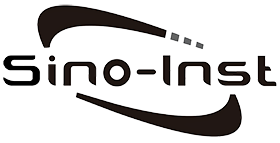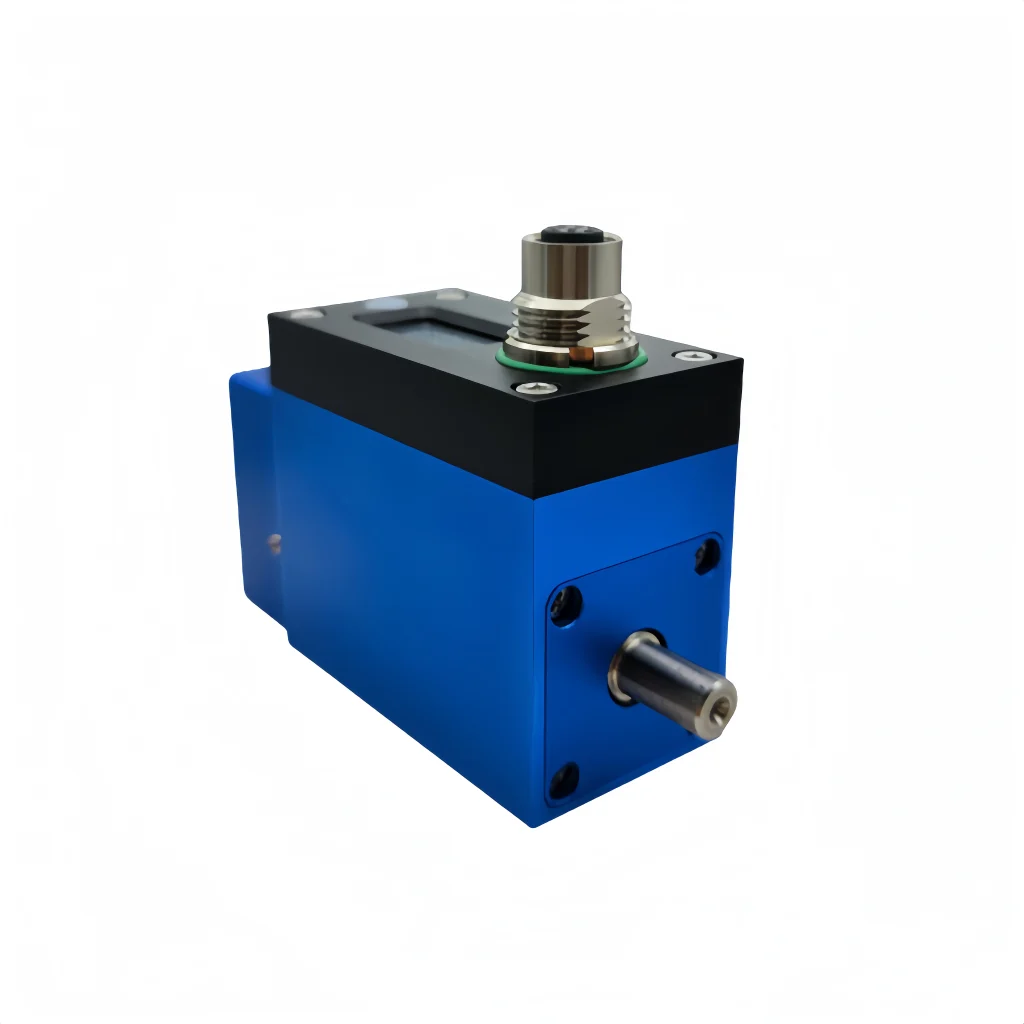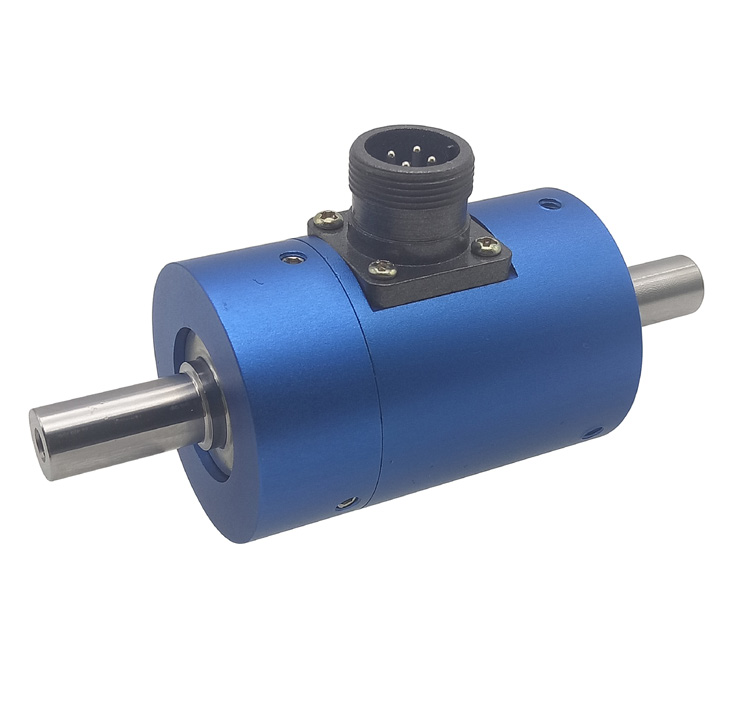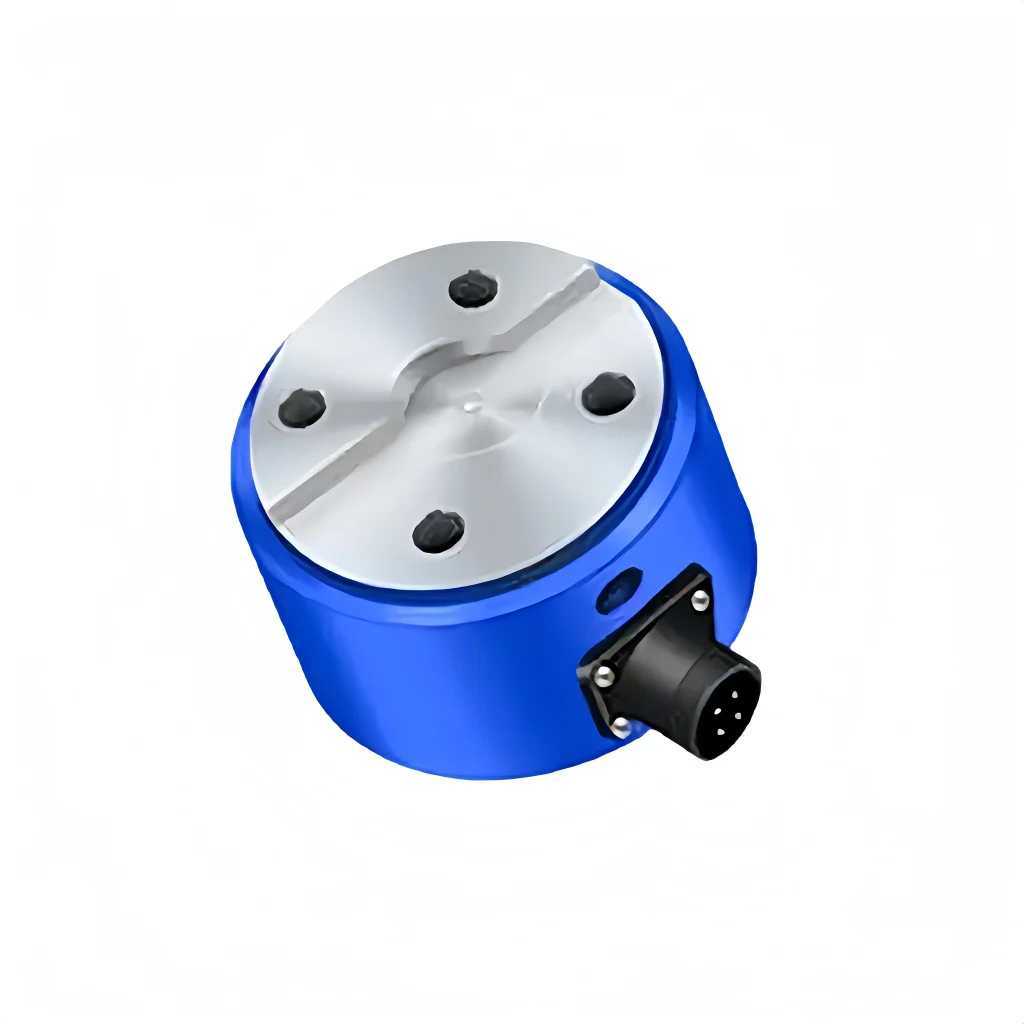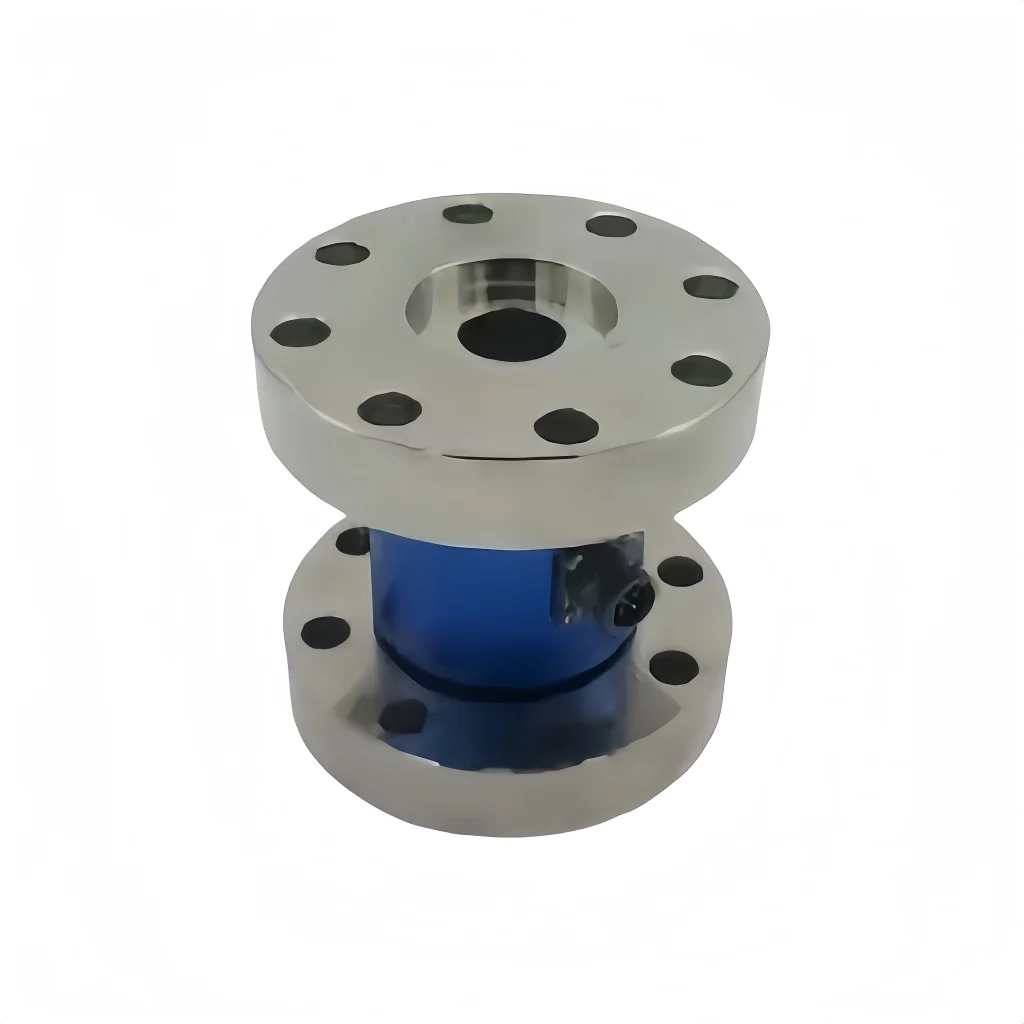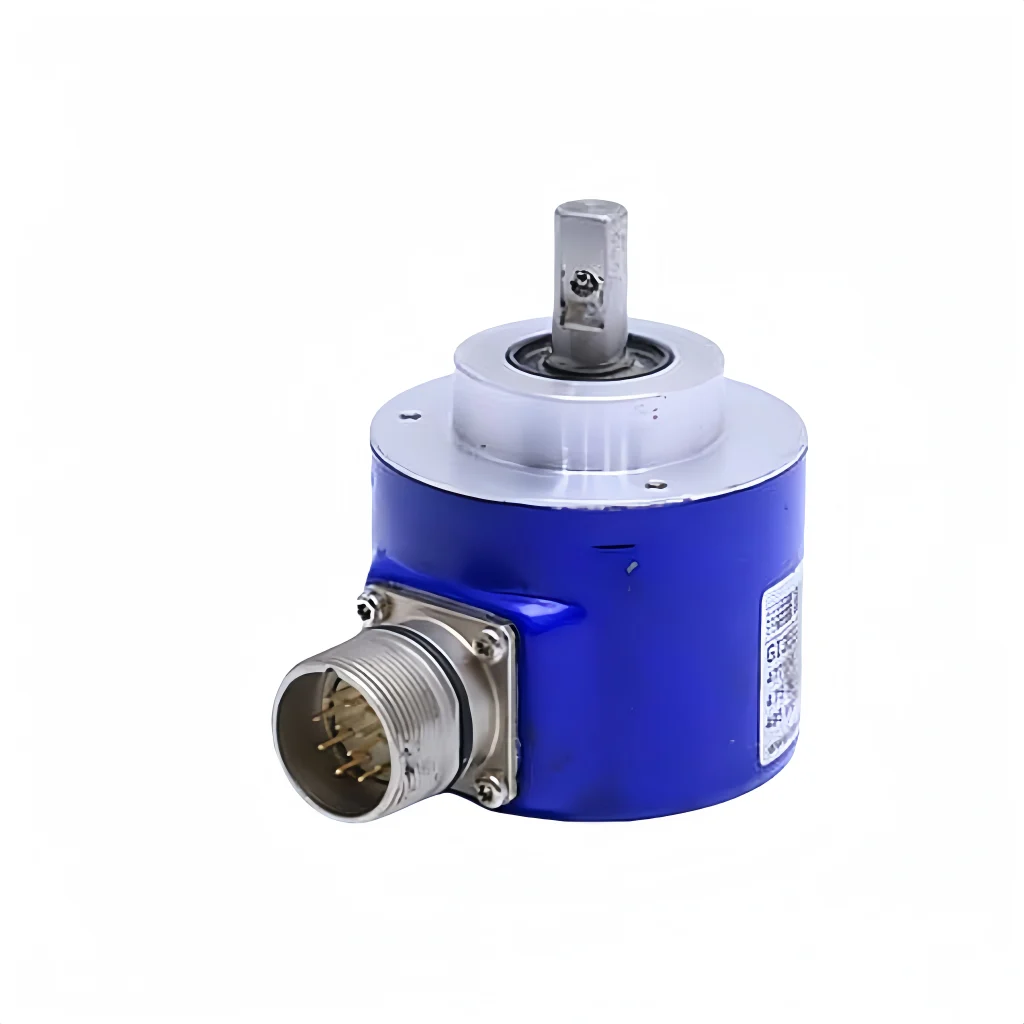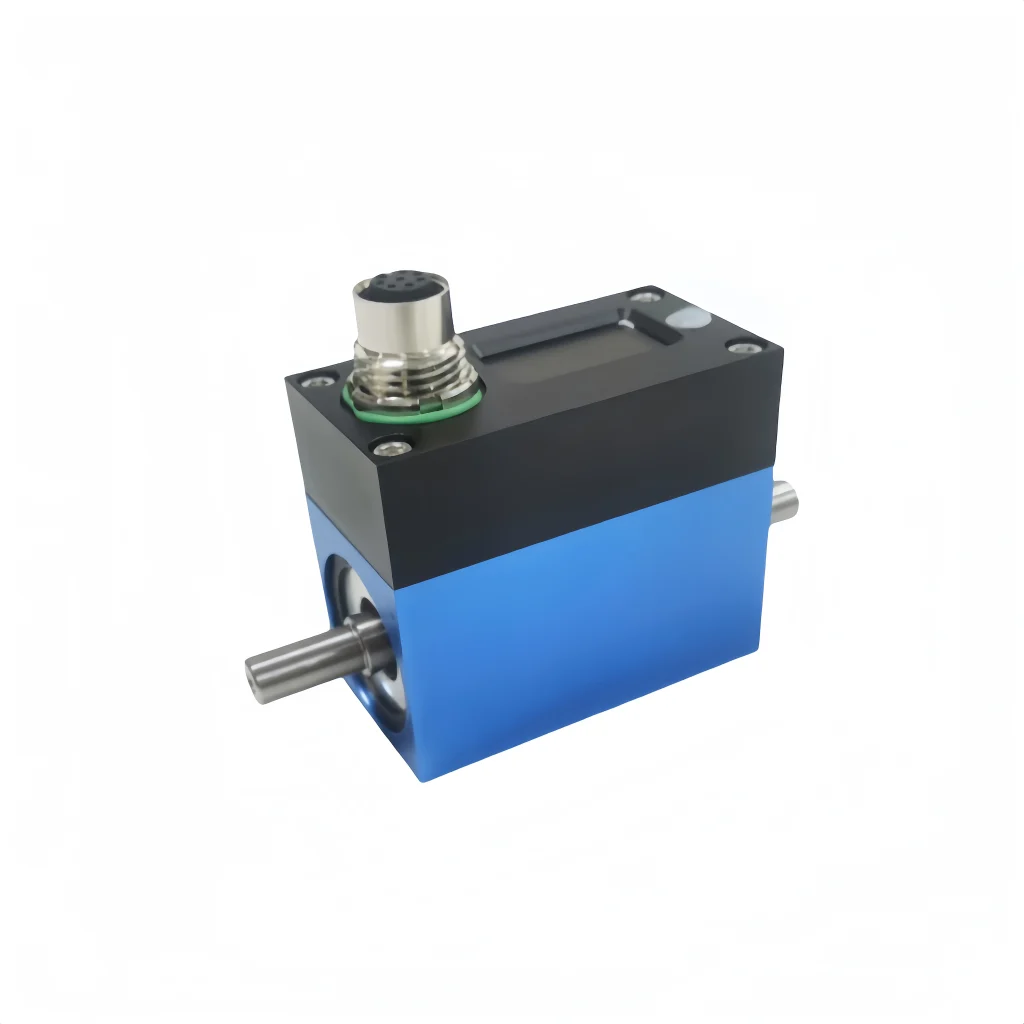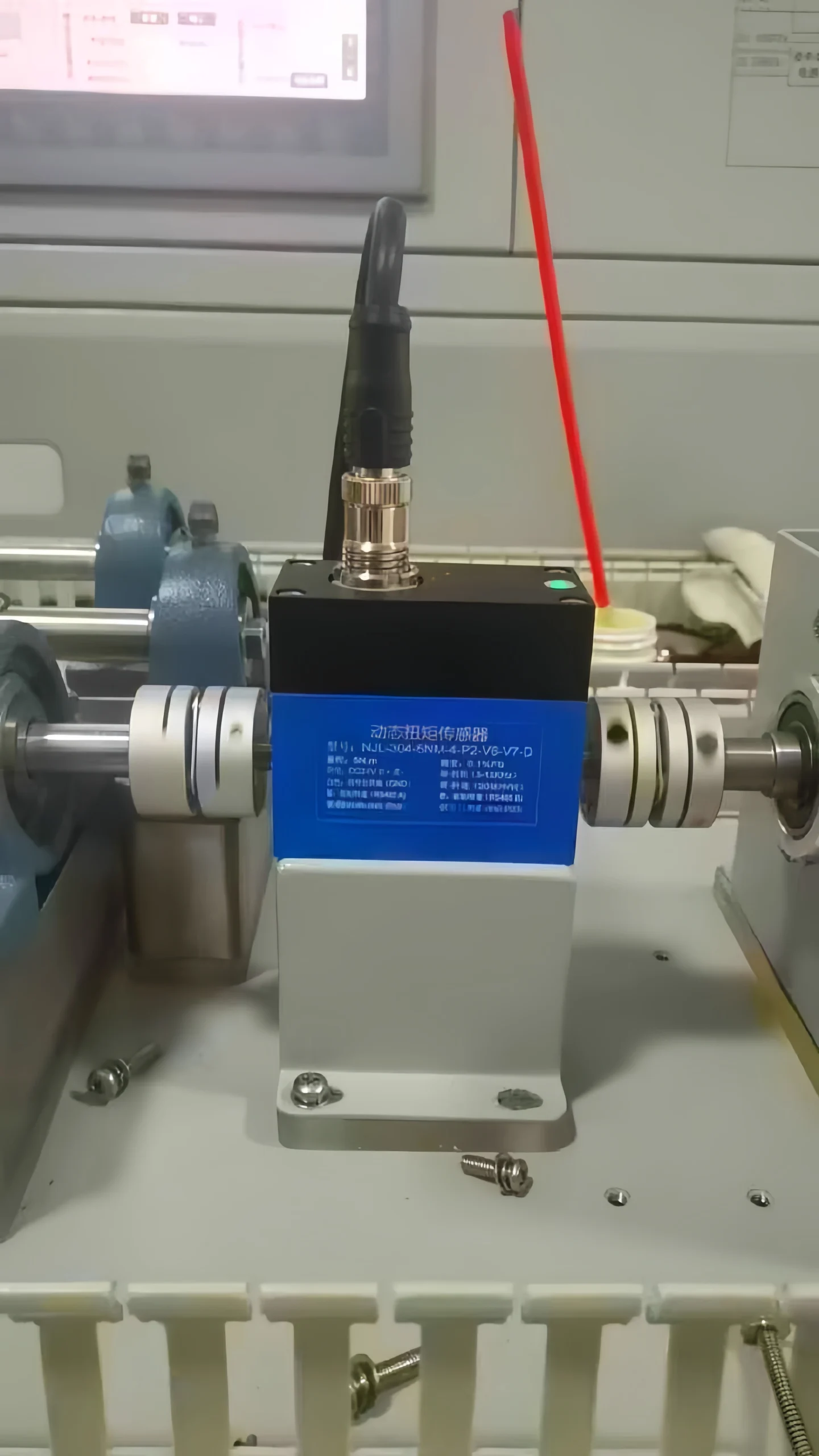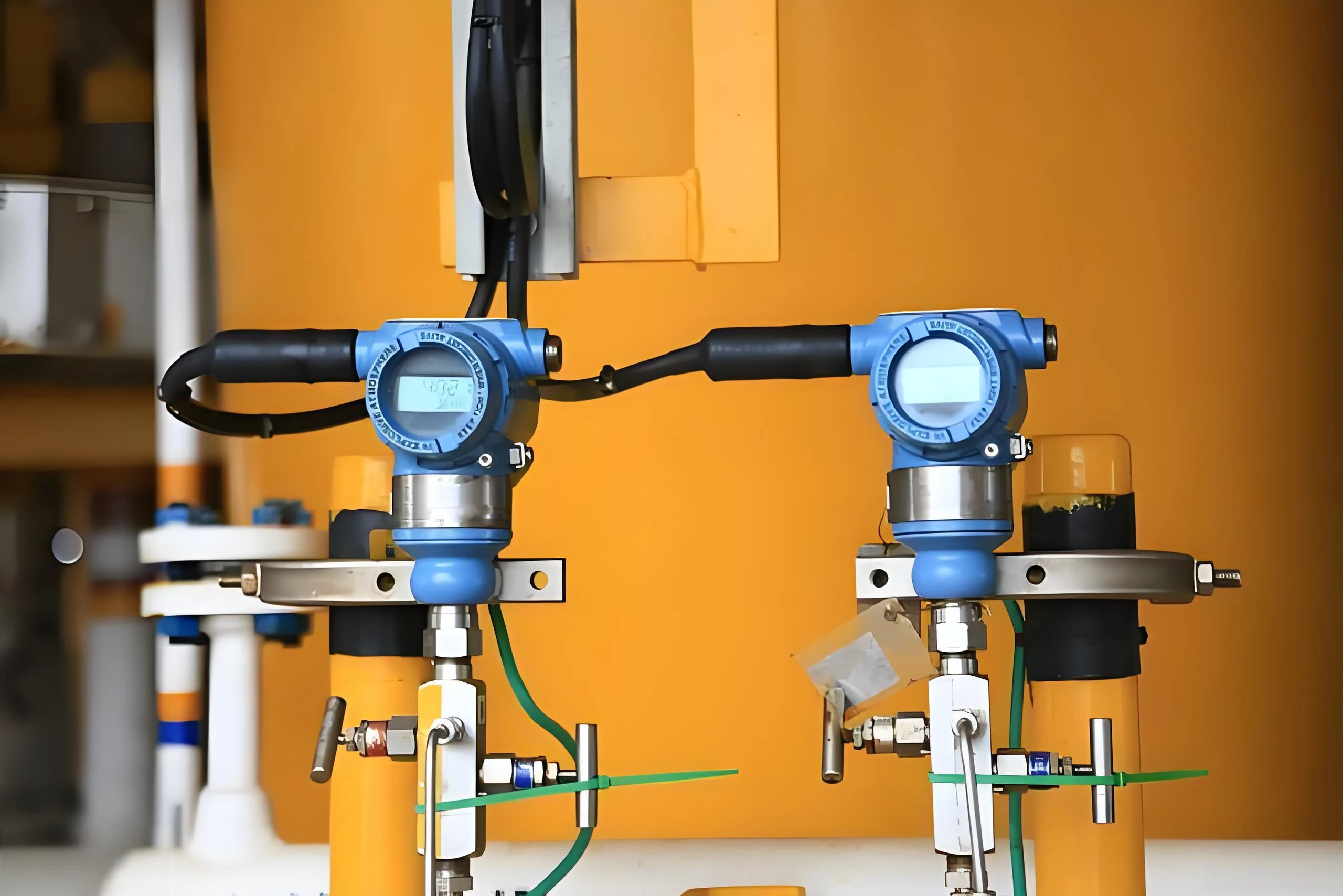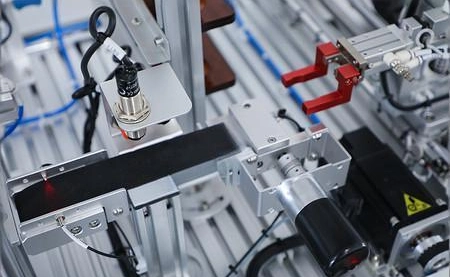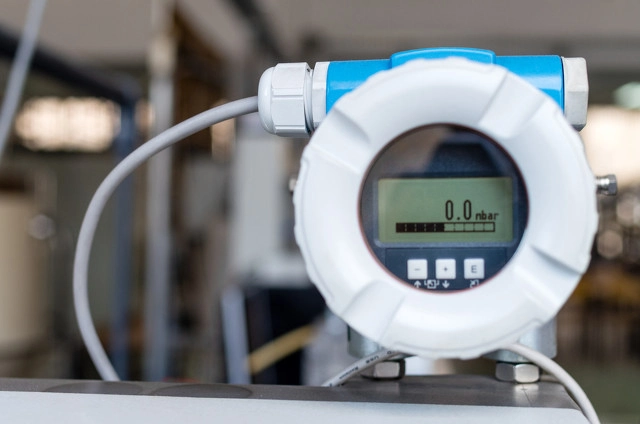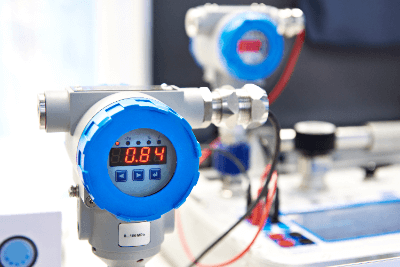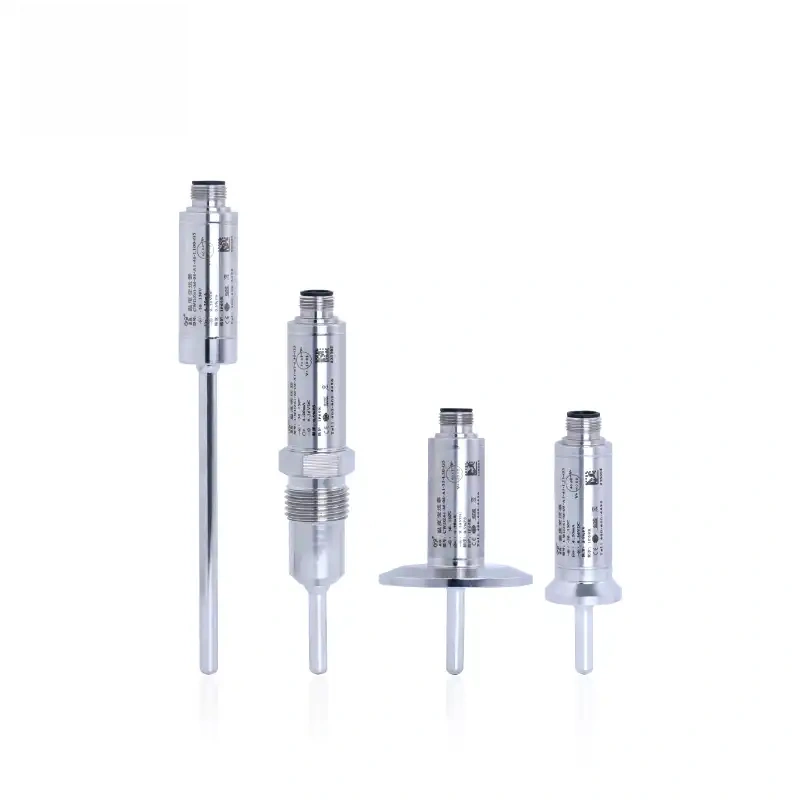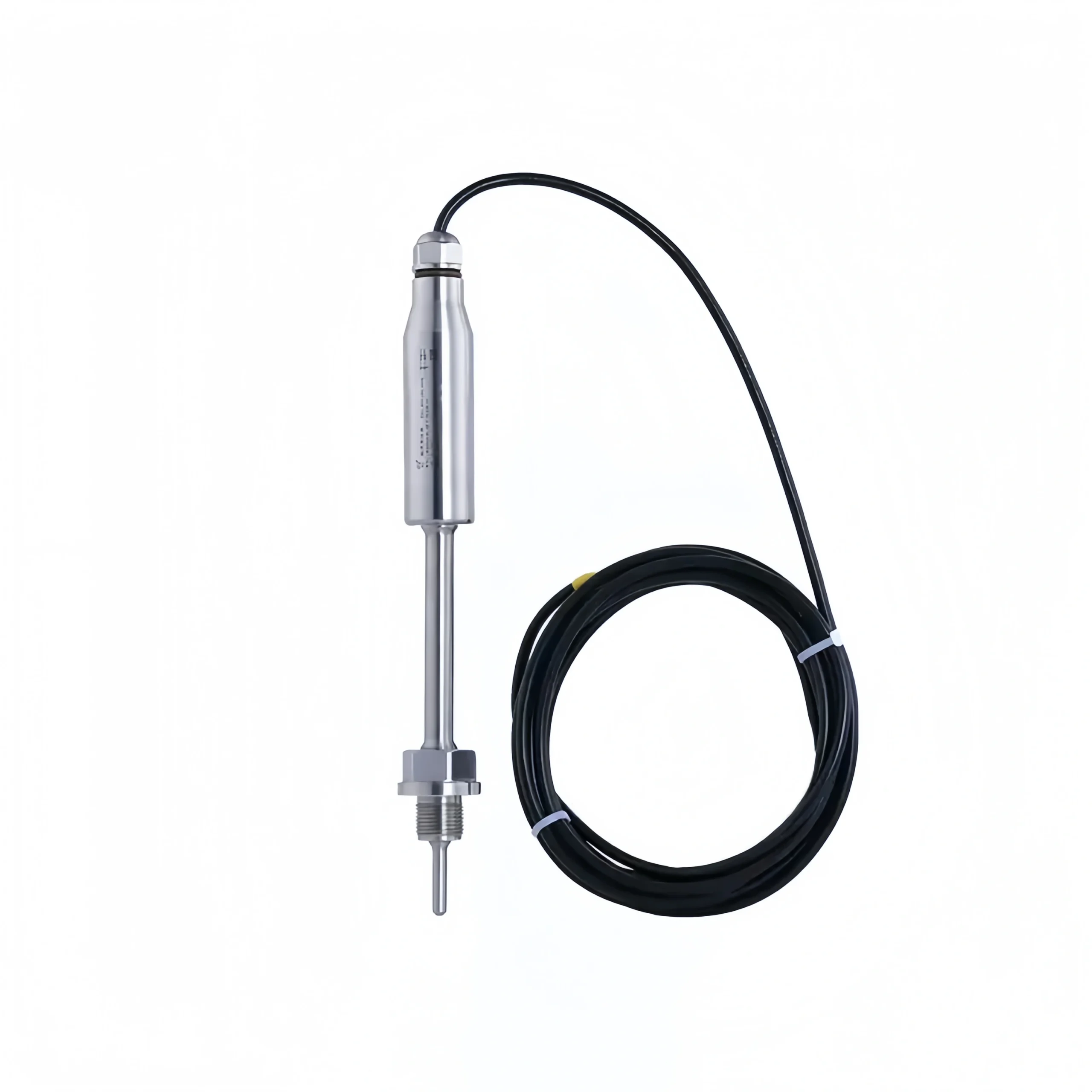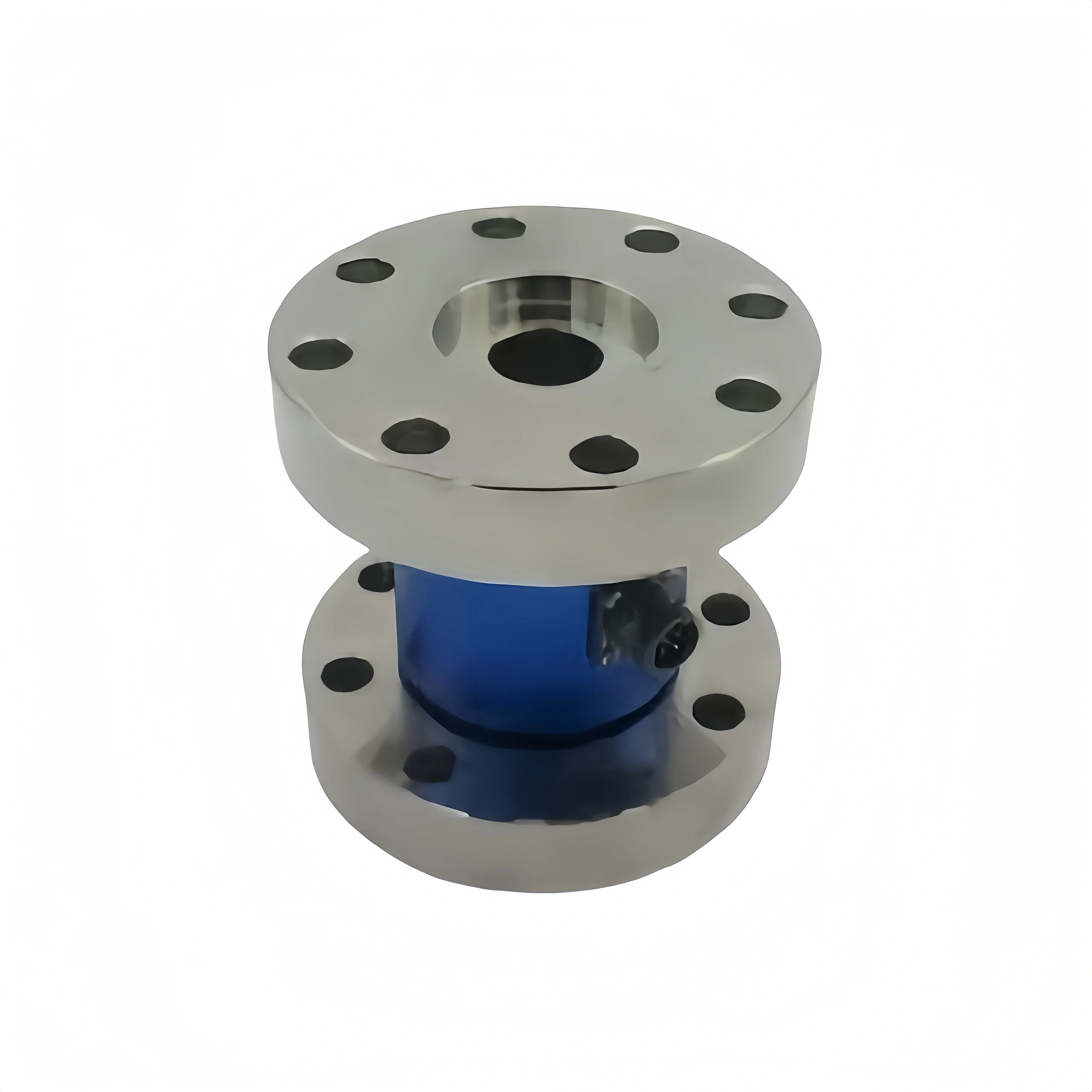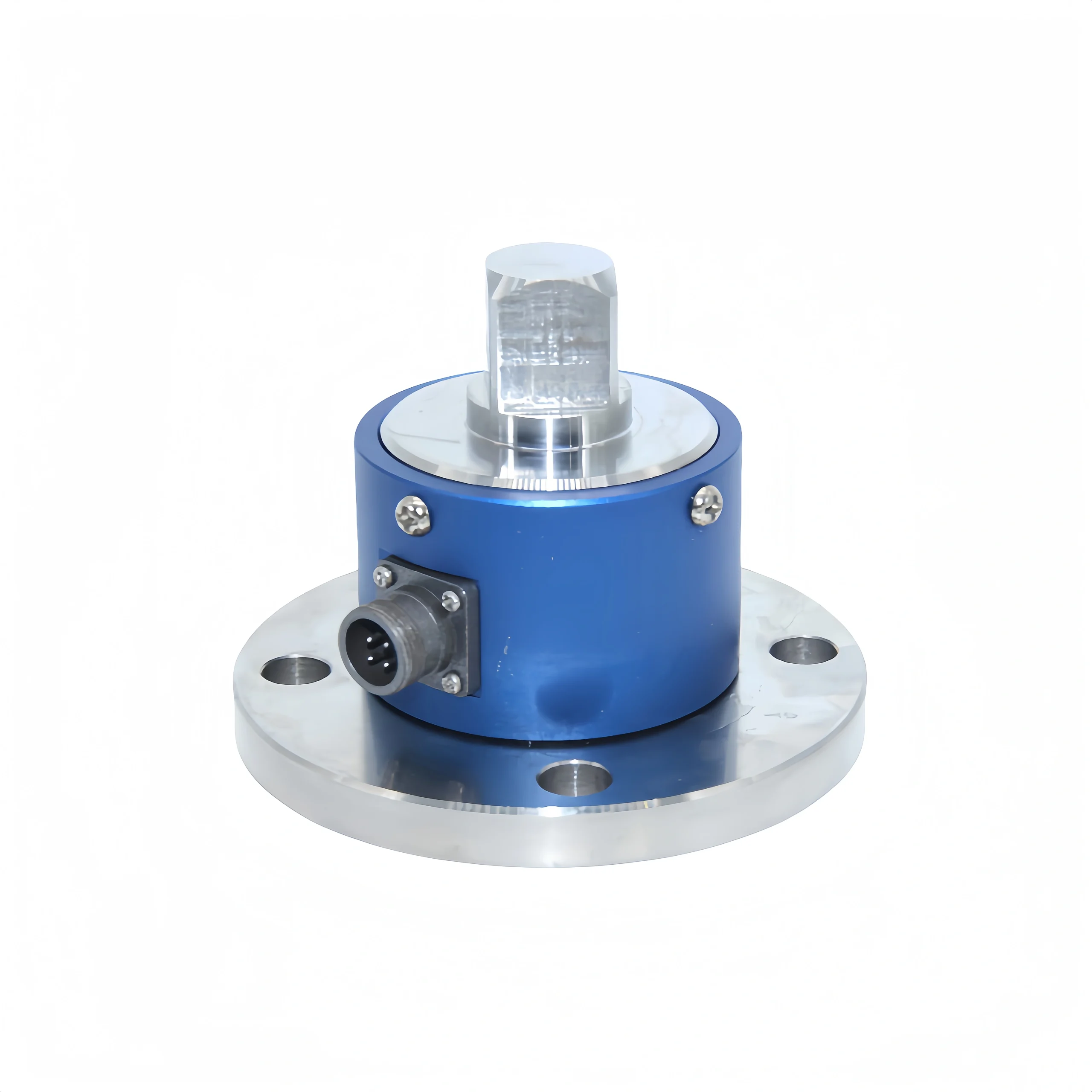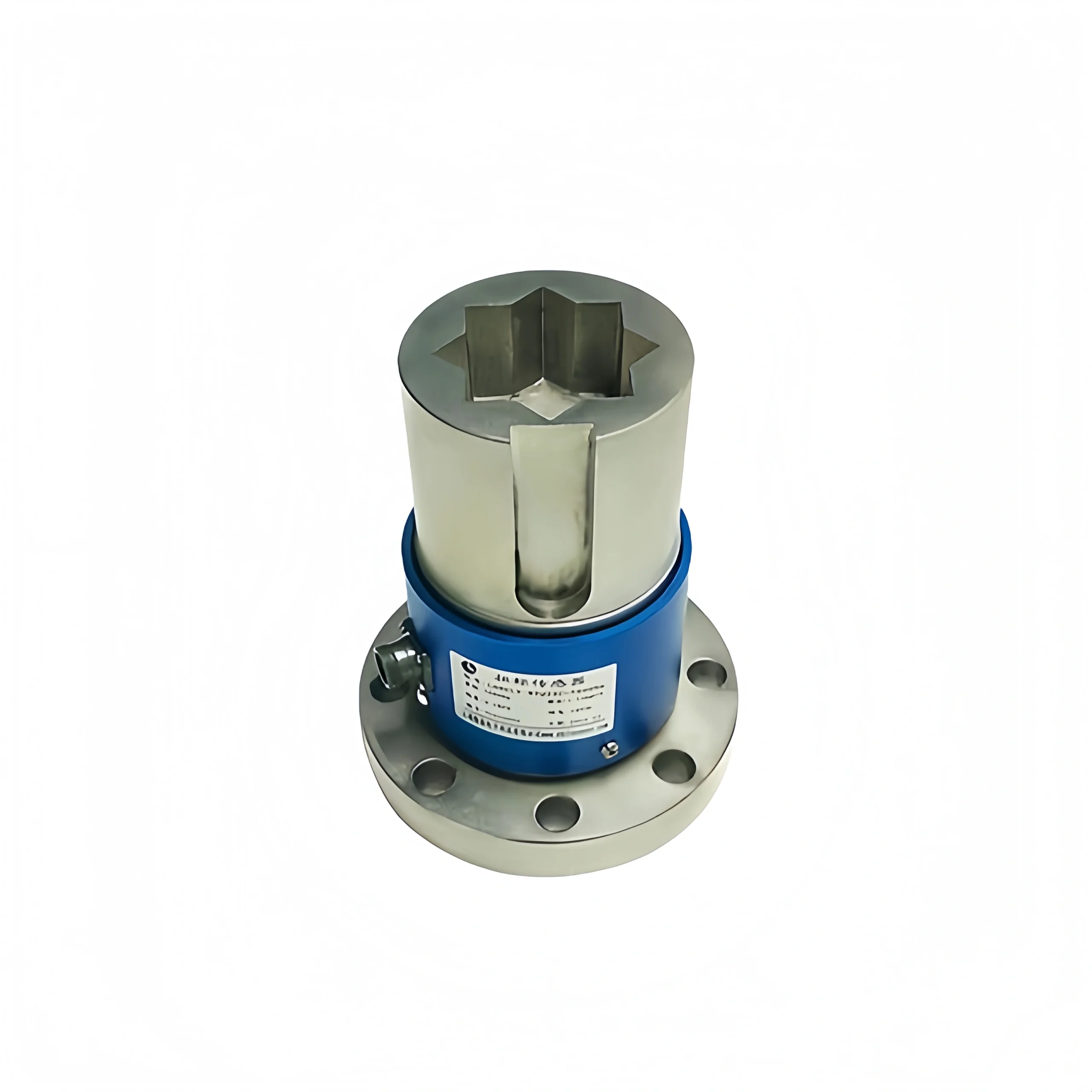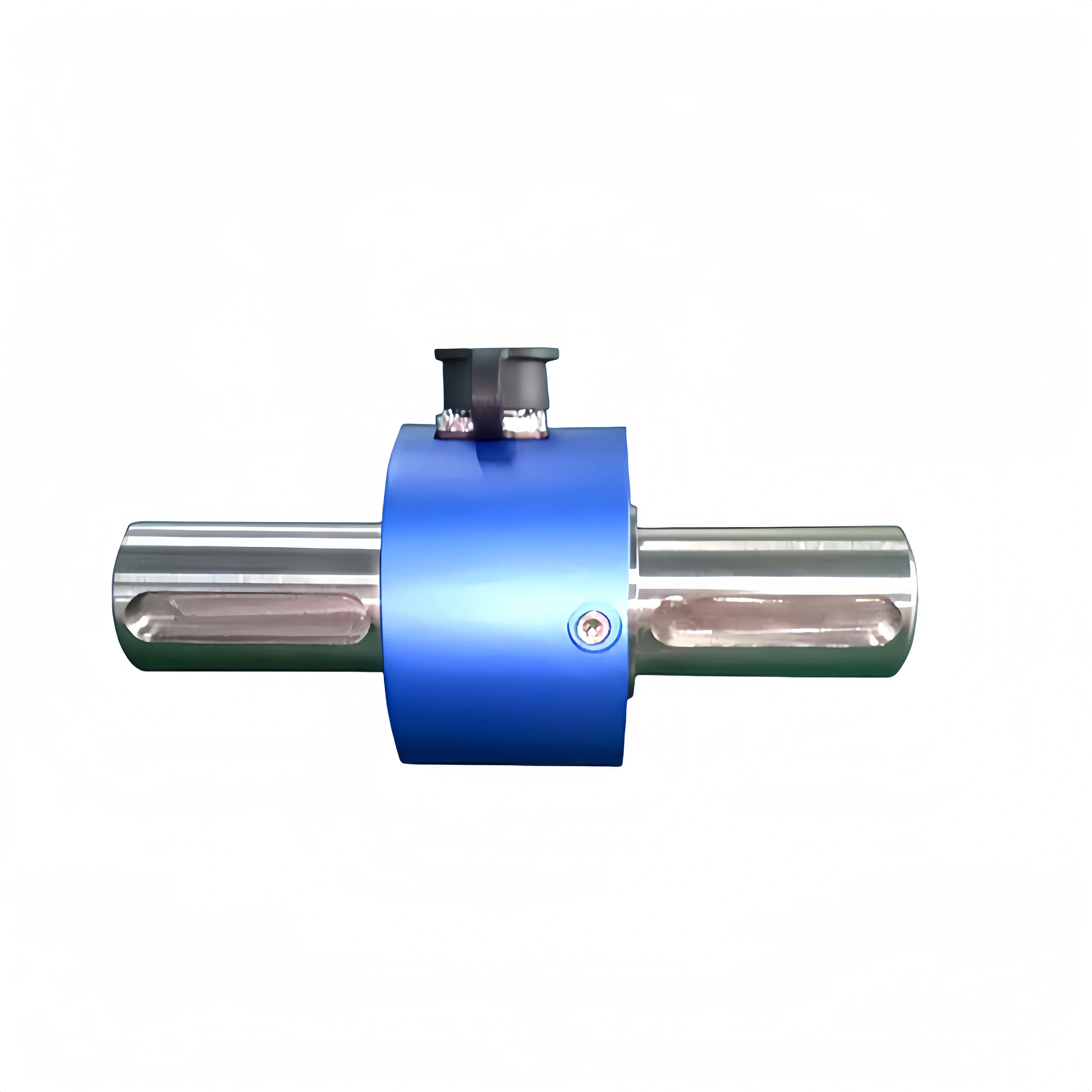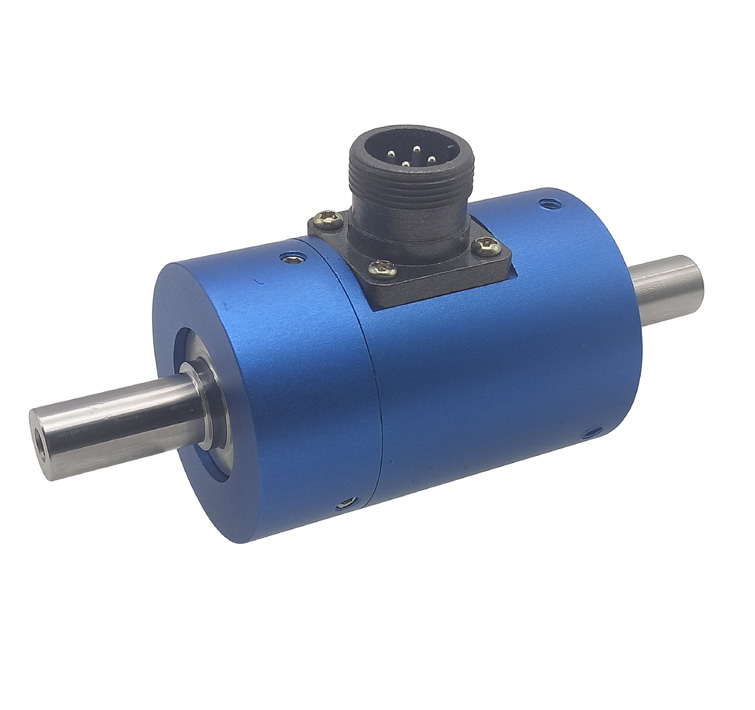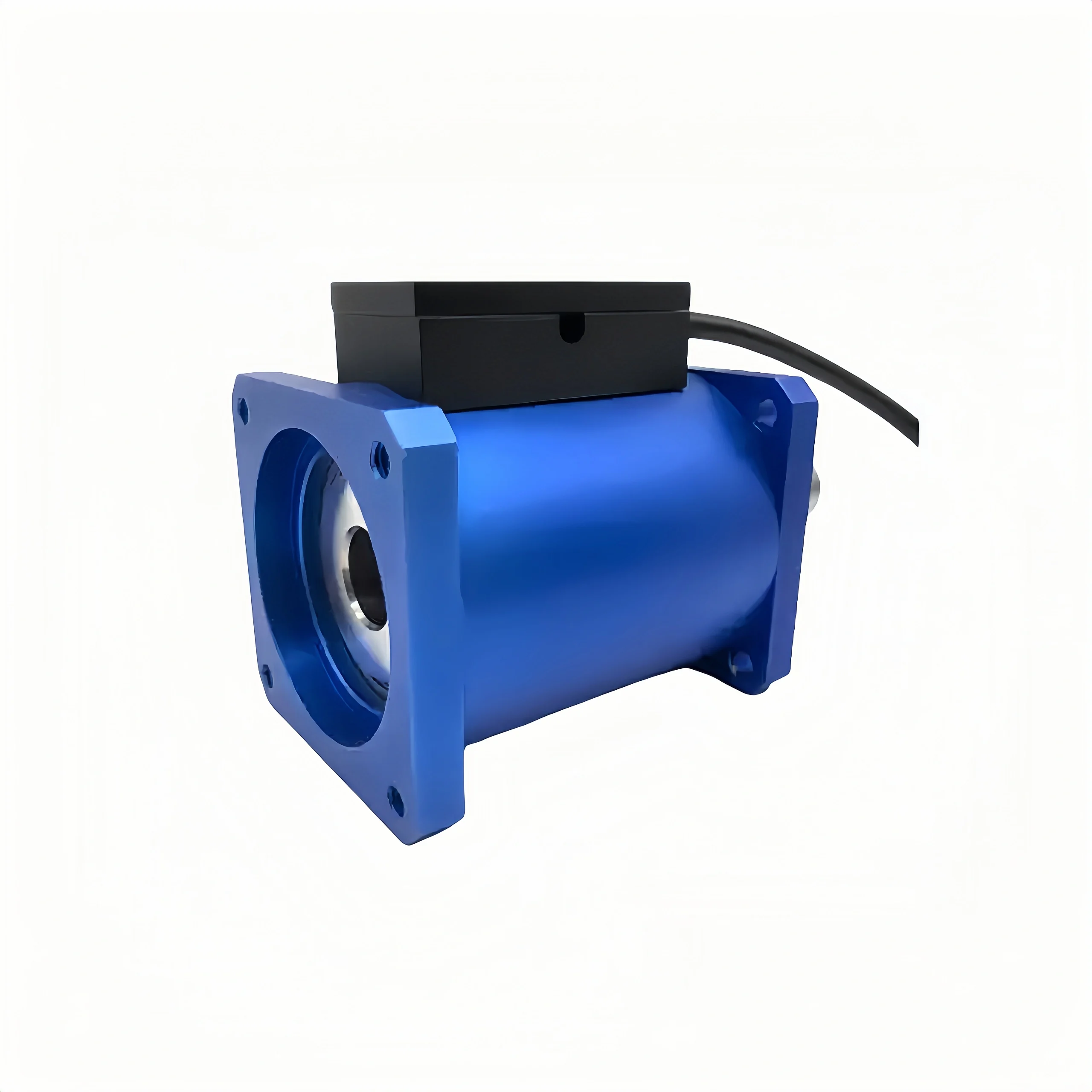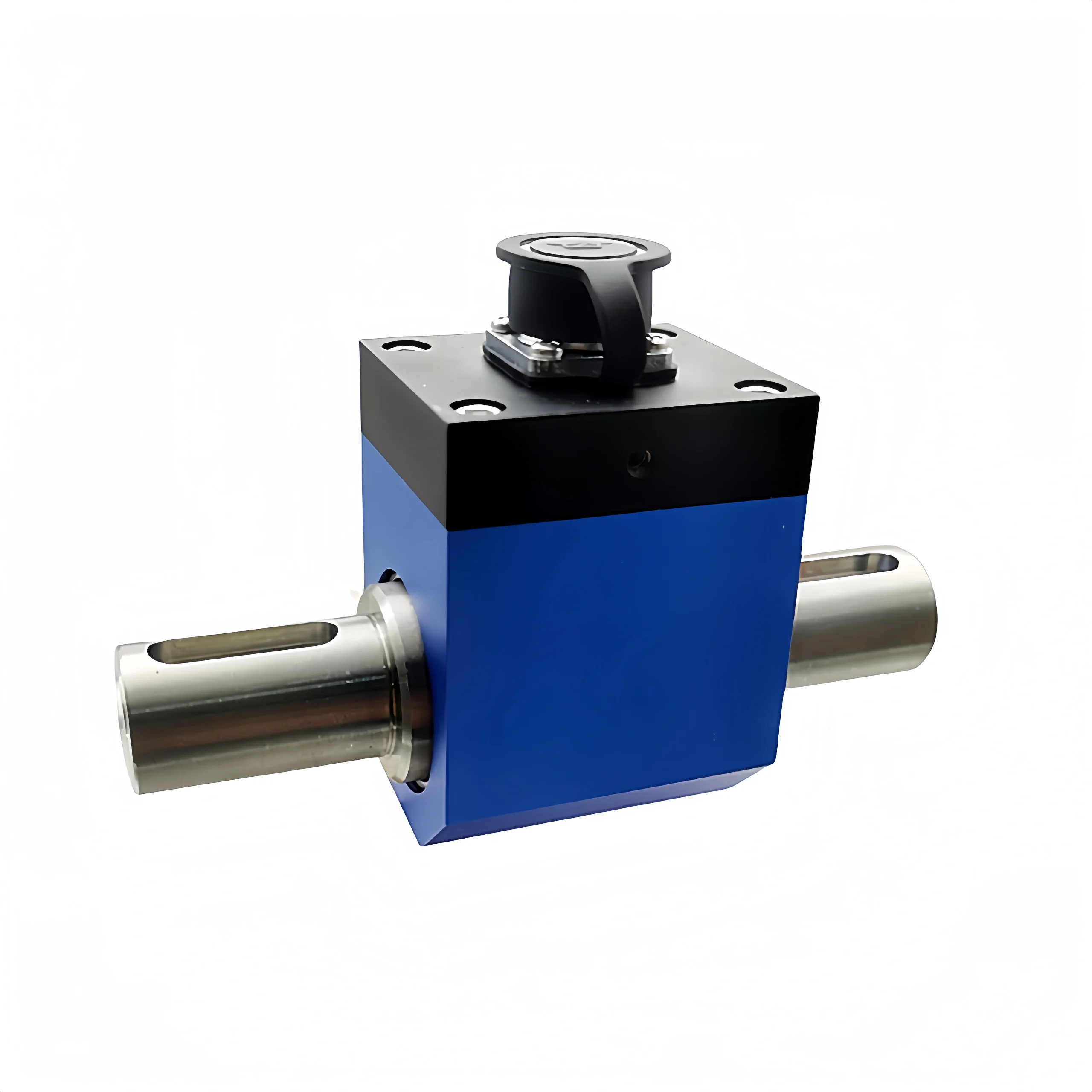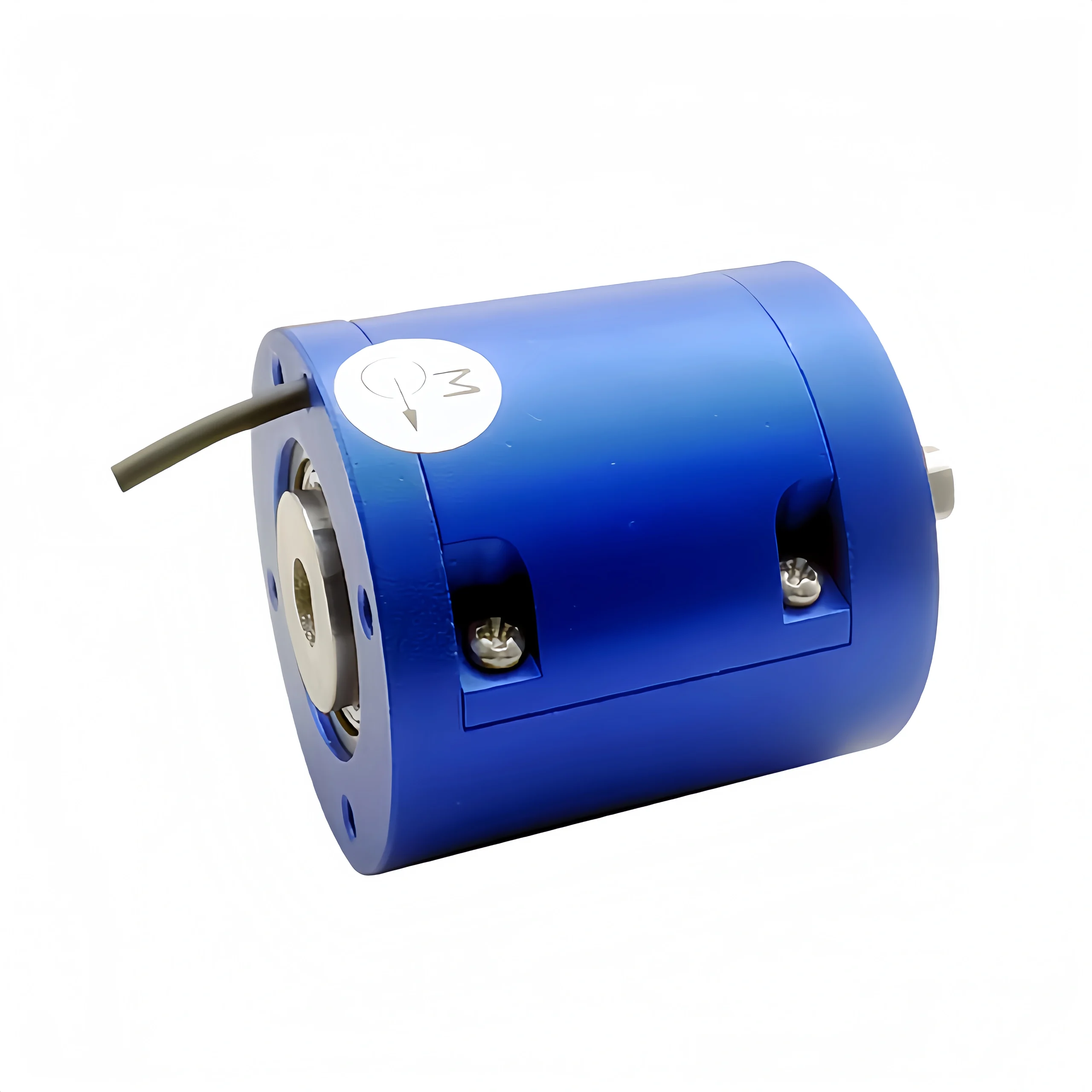Torque measurement is categorized as dynamic torque measurement and static torque measurement. Torque Sensors are typically classified as static torque sensors and dynamic torque sensors. When measuring torque, we need to distinguish between dynamic and static torque sensors. Torque sensors are also divided into reaction torque sensors and rotational torque sensors.
The main difference between them lies in the different measurement targets. Dynamic torque sensors are widely used in various applications requiring the measurement of dynamic torque on rotating shafts. Static torque sensors are more commonly used for measuring static or steady-state torque. Dynamic torque sensors can also simultaneously measure rotational speed, torque, and angle.
This article will specifically explain the differences between dynamic and static torque sensors.
Sino-Inst Featured Product
The Difference Between Dynamic and Static Torque
Dynamic torque:
It is the torque displayed in real time by the tool or equipment during the assembly process. It is the torque achieved by the bolt to overcome dynamic friction. The preset torque value for torque-controlled tools is also the dynamic torque value.
Static torque:
The maximum torque achieved by a bolt after stopping. And then continuing to tighten in the tightening direction. To overcome static friction is the static torque. Static torque is generally measured using a pointer-type manual wrench as the peak torque. In actual assembly, it’s crucial to distinguish between dynamic torque and static torque. This affects the final assembly quality of the product. Many factories list dynamic torque and static torque separately when considering assembly processes. Allow for verification of final torque for different tools and departments.
Typically, in assembly plants, dynamic torque is used when assembling using power tools. The torque set on torque-controlled tools and tightening machines is dynamic. The torque measured using an index wrench is static torque. Static torque is generally used by quality inspection departments to verify assembly quality.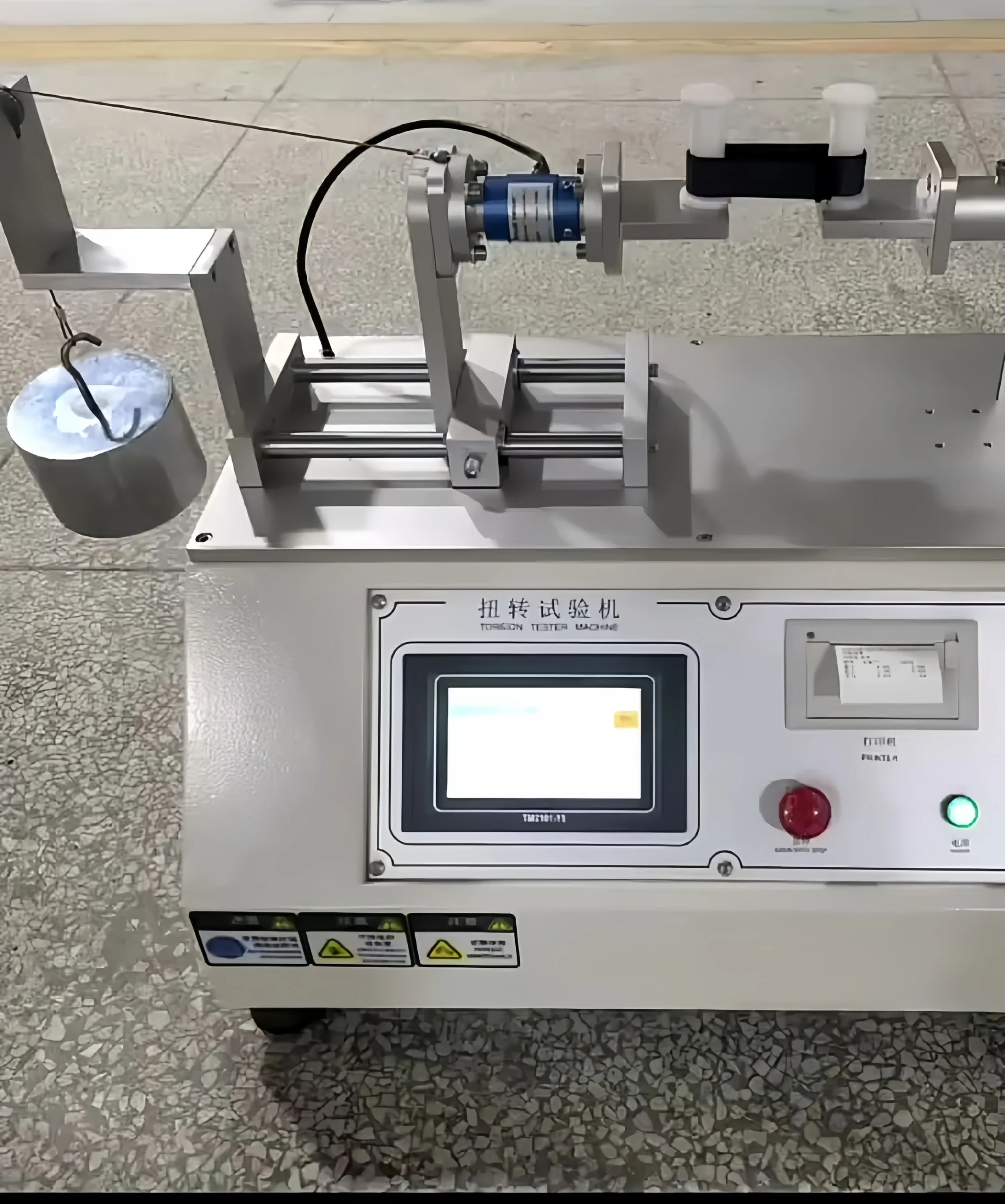
Different Definitions
Dynamic torque sensor:
A dynamic torque sensor is a precision instrument. It is used to measure the torque, speed, and mechanical power of rotating power equipment.
It is also called a torque sensor or a non-contact torque sensor.
Features:
- It measures speed, torque, and angle simultaneously.
- The signal output waveform can be selected from square or pulse waves.
- It offers high detection accuracy, excellent stability, and strong anti-interference capabilities.
- It can continuously measure forward and reverse torque without repeated zeroing.
- It can measure both static and dynamic torque. This compact, lightweight sensor can be used independently from a secondary instrument.
- Measurement range: 0-10,000 Nm standard, customizable for special ranges.
- Simple structure and easy installation.
Static torque sensor:
A static torque sensor is a device specifically designed to measure the torque applied to an object when it is stationary or slowly rotating. It can capture subtle torque changes under stable operating conditions. Provide reliable data support for various scenarios requiring precise torque control.
Features:
- Excellent measurement stability
- High-precision static measurement
- Simple structure and easy maintenance
- Excellent anti-interference capabilities
Advantages and Disadvantages
Static Torque Sensor:
Advantages: High stability and cost-effectiveness. Suitable for applications with slowly changing torque.
Disadvantages: Slow response speed. Not suitable for testing in rotating conditions or with high-frequency fluctuations.
Dynamic Torque Sensor:
Advantages: Fast response speed and high measurement accuracy. Suitable for testing applications with rapidly fluctuating torque.
Disadvantages: Large size, poor performance at low speeds, and relatively high price.
Different Structures
Dynamic torque sensors typically consist of the following components:
Elastic element: Detects deformation caused by torque. It is generally made of high-strength alloy steel.
Strain gauge: Attached to the elastic element. It converts deformation into a change in resistance.
Signal processing circuit: Amplifies, filters, and processes the strain gauge output signal.
Casing: Protects the sensor’s internal components. And it is typically made of aluminum alloy or stainless steel.
Static Torque Sensor:
The core components of a static torque sensor include the elastic element, strain gauge, and signal processing circuit. The deformation is converted into an electrical signal using a Wheatstone bridge circuit.
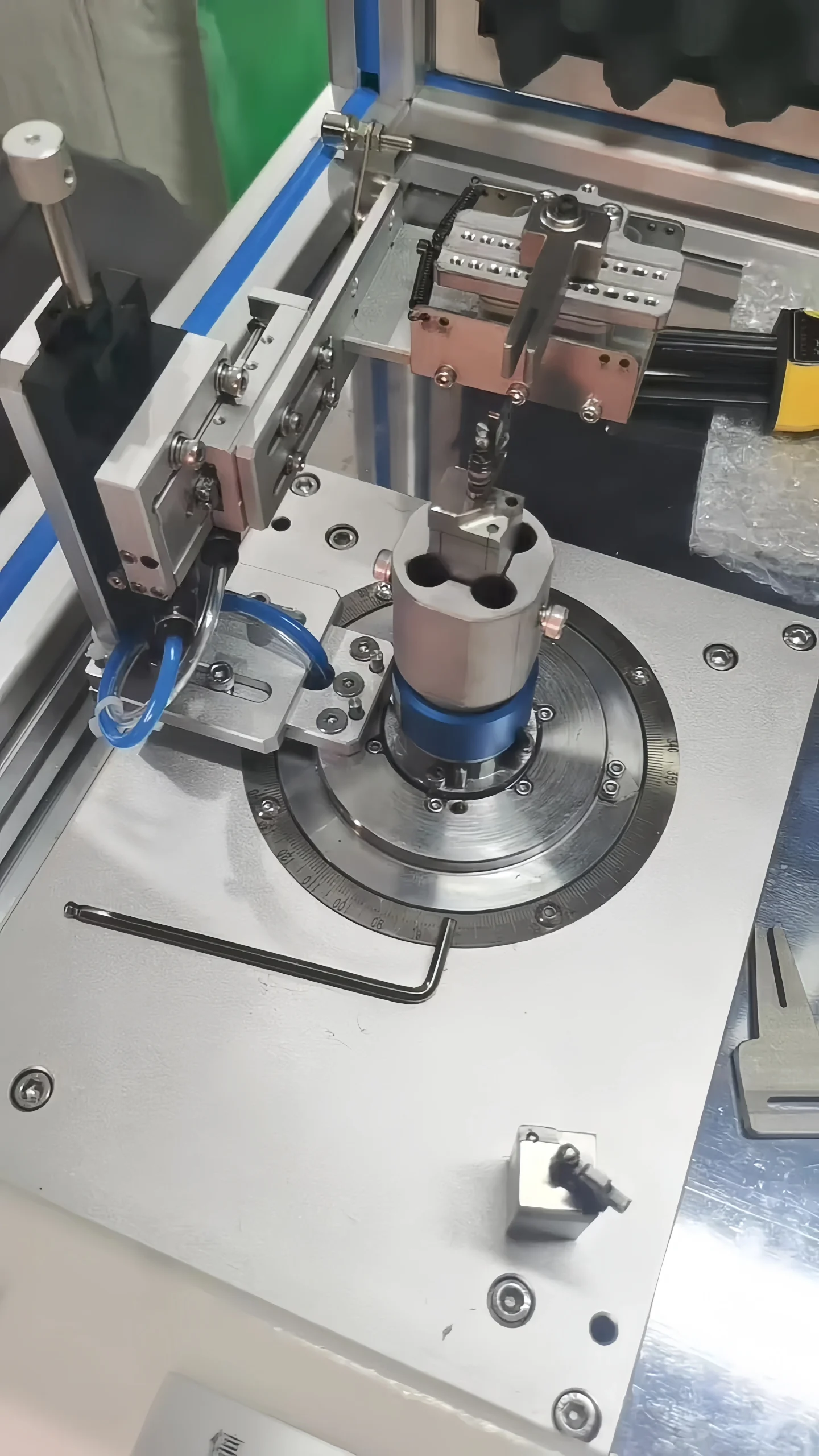
Different Working Principles
Dynamic torque sensors operate primarily based on the strain effect, electromagnetic induction, or photoelectric effect.
When a rotating shaft is subjected to torque, it undergoes slight deformation. The strain gauge within the sensor senses this deformation. And converts it into a change in resistance. By measuring this change in resistance, the torque can be calculated.
Static torque sensors operate based on the principle of resistance strain.
Torque is calculated by measuring the deformation of the strain gauge. When torque acts on the sensor, the strain gauge deforms, changing its resistance. By measuring and processing this resistance. The magnitude and direction of the torque can be calculated.
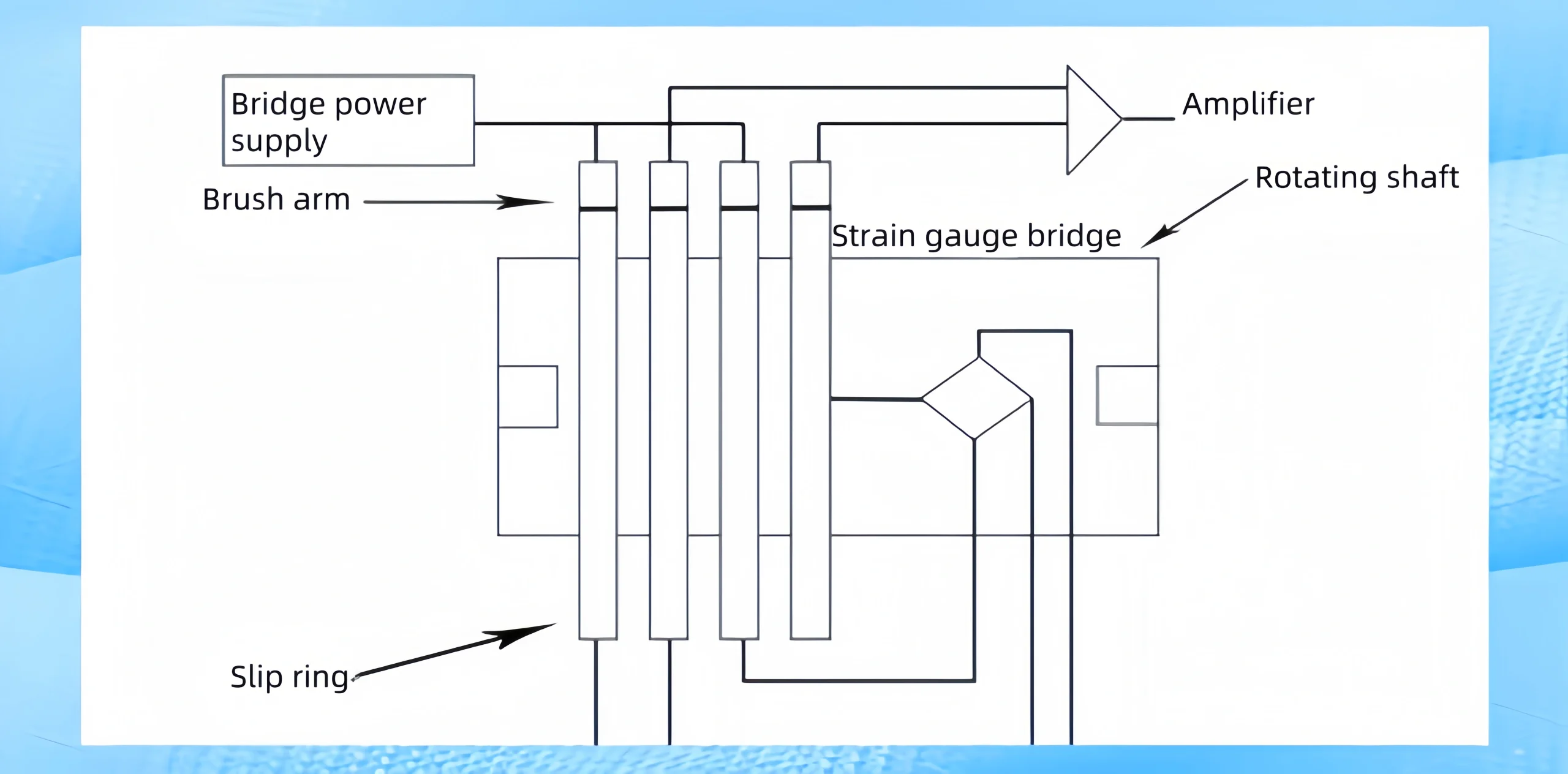
Different Accuracy and Response Time
Dynamic torque sensors offer superior accuracy compared to static torque sensors.
Dynamic torque sensors utilize high-precision measurement circuits and advanced signal processing techniques. These effectively eliminate various interference factors, improving measurement accuracy.
To improve the accuracy of static torque sensors, it is required a series of compensation measures. Such as temperature compensation and vibration compensation,
Dynamic torque sensors also offer significant advantages in terms of response speed. Dynamic torque sensors can reach milliseconds, enabling rapid response to torque changes. They are suitable for applications such as real-time monitoring and control.
In contrast, static torque sensors have a relatively slow response speed, typically in the order of seconds. Measurement results require time to stabilize. Limit their application in real-time monitoring and control.
Different Applications
Dynamic torque sensors have a wide range of applications.
- Torque measurement in tractors, automobiles, aircraft, various ships, and mining machinery.
- Torque and power measurement in sewage treatment systems.
- Widely used in industrial and process industries.
- Detecting the output torque and power of various rotating power equipment. such as electric motors, engines, and internal combustion engines.
- It can be used in the manufacture of viscometers.
Static torque sensors have a wide range of applications in the automotive, aerospace, energy, manufacturing, and medical sectors.
- In industrial automation, static torque sensors are widely used in various mechanical devices. such as electric motors, reducers, and drive shafts. To measure and control the torque parameters of these devices.
- In the automotive industry, static torque sensors are used to measure the torque output of components. such as engines and transmissions. Ensure vehicle performance and safety.
- In the aerospace industry, static torque sensors are used to measure the torque of components. such as aircraft engines and propellers. To monitor and control the dynamic state during flight.
- Used in the manufacture of viscometers, electric (pneumatic, hydraulic) torque wrenches, and other equipment. To improve production efficiency and product quality.
- Used to measure static or steady-state torque. such as in bridges, buildings, and heavy machinery.
- Used in testing systems such as testing machines and static torque measurement.
- Valve and pipeline connection testing
- Measuring instrument calibration
- Industrial bolt preload testing
- Material torsional performance testing
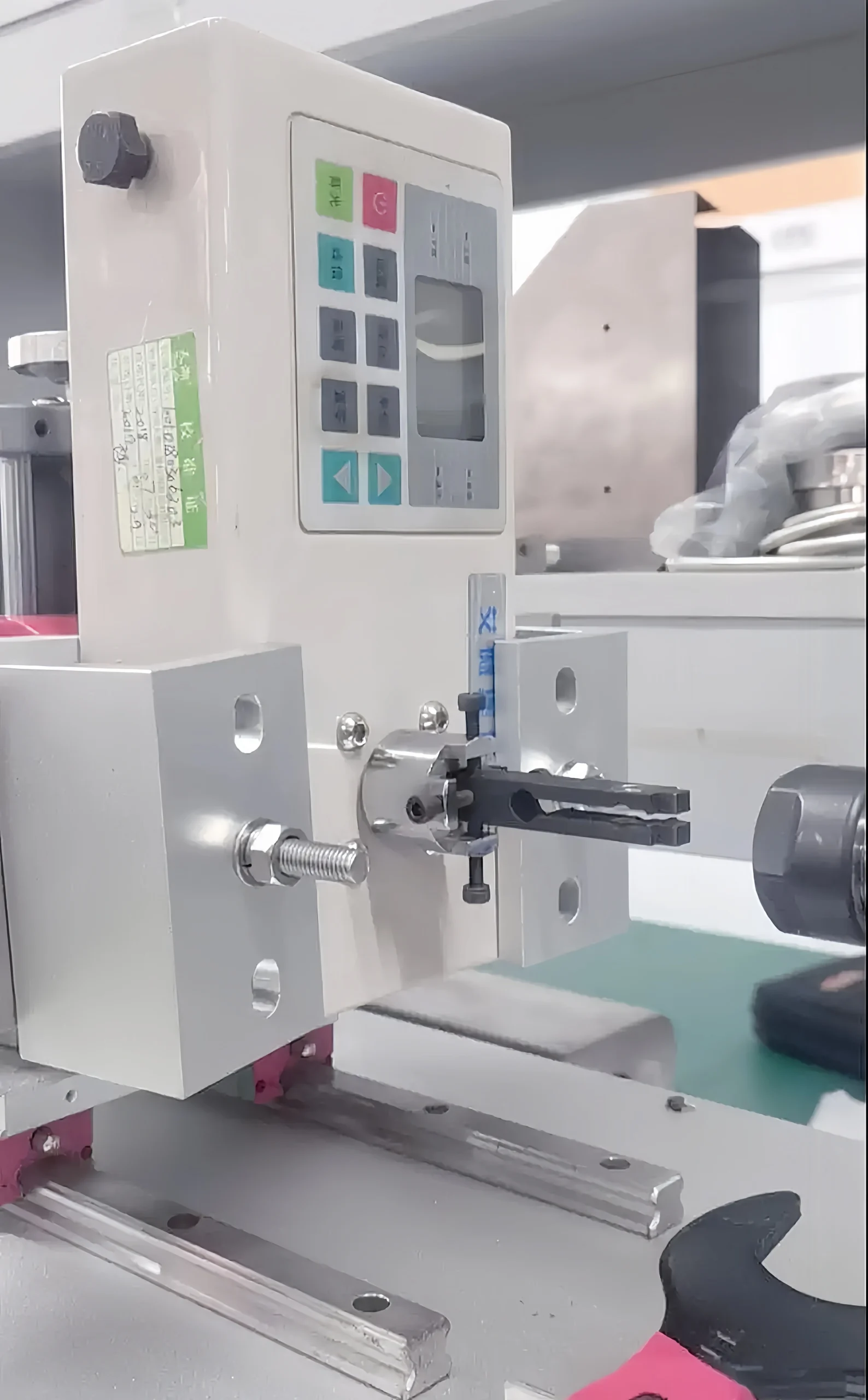
How to measure static torque?
Static torque measurement is primarily used to evaluate the torque state of fasteners. (such as bolts and nuts.) After tightening, ensure the reliability and safety of the connection.
The most common methods for measuring static torque are static torque sensors and torque wrenches.
What is the difference between static and dynamic torque measurement?
Static torque measurement uses a fixed sensor. To detect reaction force, it is often used in steady-state scenarios such as motor testing.
Dynamic torque measurement involves the rotation of an elastic body. Require solutions to signal transmission and mechanical connection issues at high speeds. Shaft-to-shaft couplings or flange structures are typically used.
Dynamic measurement technologies include slip ring, coupling, and radio frequency (RF) methods. It utilizes carbon brush contact, electromagnetic coupling, or RF signal transmission, respectively. Non-contact sensors can reduce physical wear and extend service life.
What is the dynamic torque of a motor?
Dynamic torque of a motor refers to the rotational torque generated during operation. It is also an important parameter describing the motor’s output power.
It plays a key role in many applications. Include vehicles such as automobiles, ships, and aircraft, as well as various industrial equipment. such as machine tools, printing presses, and medical devices.
Distinguishing between dynamic torque sensors and static torque sensors is important.
Sino-Inst offers both dynamic and static torque sensors. Sino-Inst’s torque sensors are customizable. Our torque sensors offer a variety of mounting options. It includes a shaft torque sensor, a flange torque sensor and an in-line torque sensor, etc. If you have any technical questions, please feel free to contact us.
With over 20 years of experience in torque measurement, we can provide you with the most suitable measurement solution. Please contact us for a free quote!
